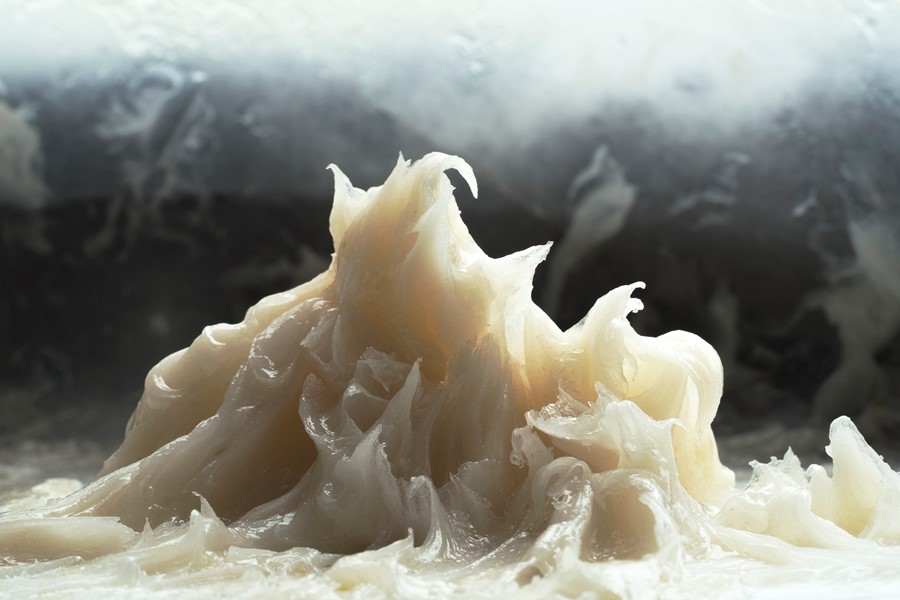We explore the shortlist for the 2018 edition of MACK’s First Book Award
Some 95 million photos are shared on Instagram each day — of sunset boulevards, snow-swept mountains, and flash-lit faces. Sorting through this sea of images can become quickly overwhelming. Helpfully, London-based publisher MACK’s First Book Award, announced annually during Photo London at Somerset House, celebrates the emerging photographers we should be training our lenses on. Attracting submissions that give voice to compelling visual stories, the winning book, announced on May 16, will be published by MACK, and the photographer’s work exhibited during the event. Here we delve into the list of ten shortlisted photographers.
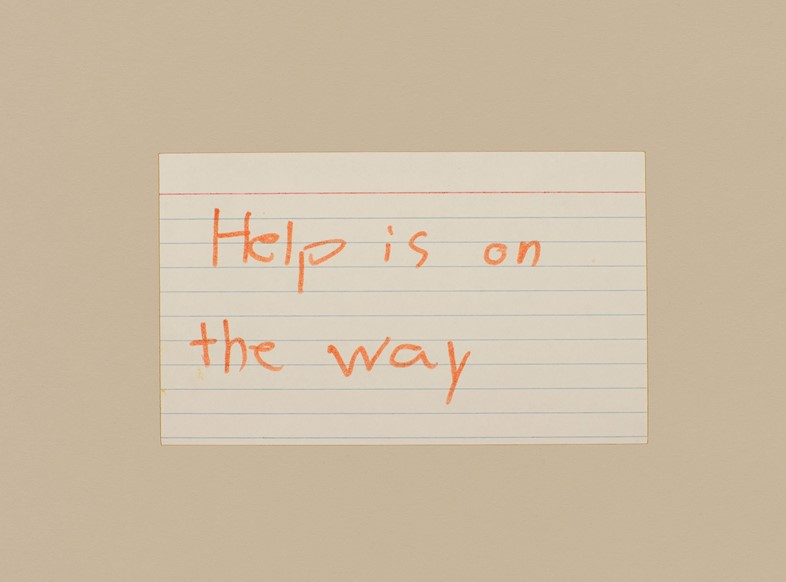
1. Andres Gonzalez
First on the list is California-based Andres Gonzalez with his darkly powerful series, American Origami. Tackling the timely topic of mass shootings in American schools, the project, made between 2013 and today, draws on a variety of archives and sources, from museums to the internet. The array is dizzying, showing that violence can be communicated without depicting the act itself; document folders and blank buildings are loaded with significance.
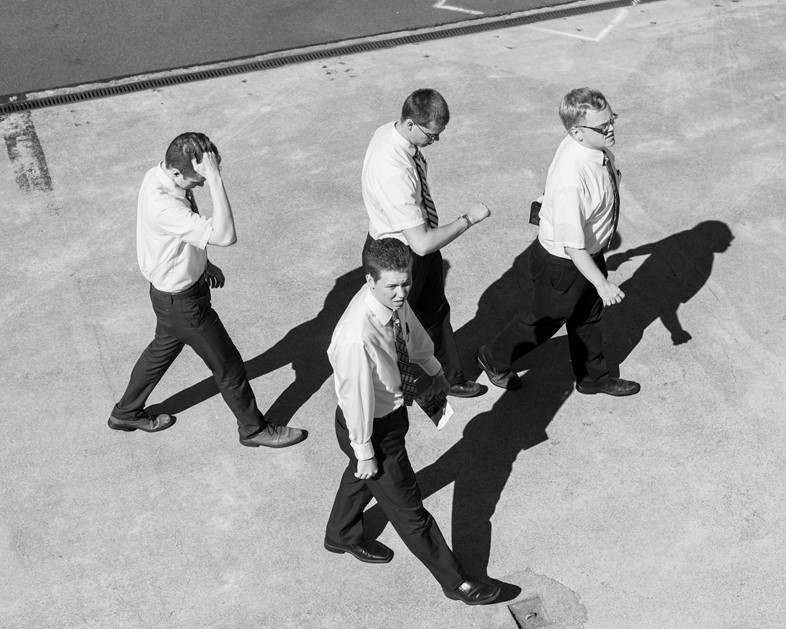
2. Andrew Waits
This Oakland-based photographer’s contribution opens up the cultural and physical landscapes of cities stretched to their limits, caught in a constant state of transformation. His photos reveal, in pale monochrome, glassy tower blocks, empty parks, and sites that may be under construction or primed for demolition. “For the most part,” he explains, we’re “disconnected from the underlying mechanisms of the system in which we live.” Waits’ series Aporia gives voice to these mechanisms – albeit vaguely, with uncertainty – in unsettling swathes of black and white.
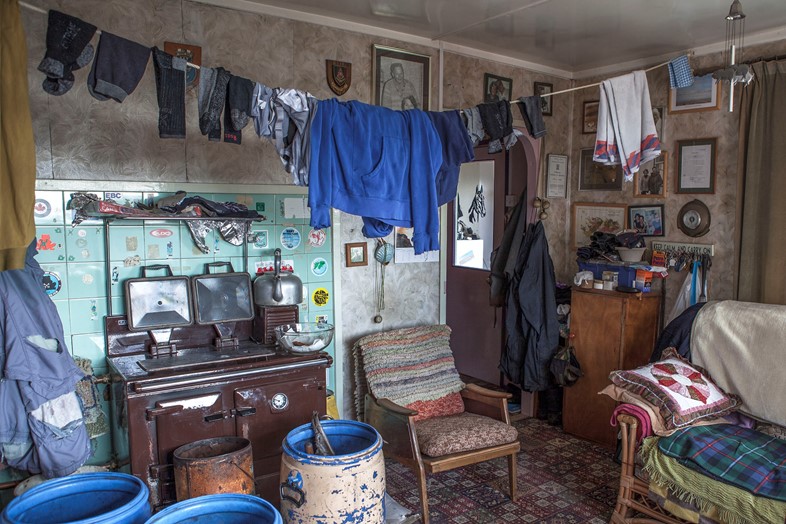
3. Anita Benjamin
The Falkland Islands bring to mind a certain ingrained image: grey, overhanging skies, rolling green hills, and pastures of sheep. It’s a landscape apparently without people – but, having grown up on the distant South Atlantic island, Anita Benjamin attempts to break this assumption with her series Familiarity. “I have a strong attachment to the island,” she explains. “Through family pictures and my own recent images, I hope to communicate a personal vision on a sense of place.” Fussy, homely interiors sit alongside emotional family moments and those same leaden skies, but this time we see them through human faces and traces instead.

4. Dafna Talmor
Something murky and geological fills the pages of Dafna Talmor’s prize submission, Constructed Landscapes. The photographer explains that her series stems “from an initial frustration with photographing landscapes,” where she felt “overwhelmed when I went outside with my camera”. Sometimes, her work suggests, landscapes get in the way of photographing landscapes. Taken in locations from Venezuela to Israel, her photos – using collage and colour negatives – aren’t in any way passive; they show that Talmor has literally got her hands dirty in making these landscapes her own, splicing and slicing the film itself.
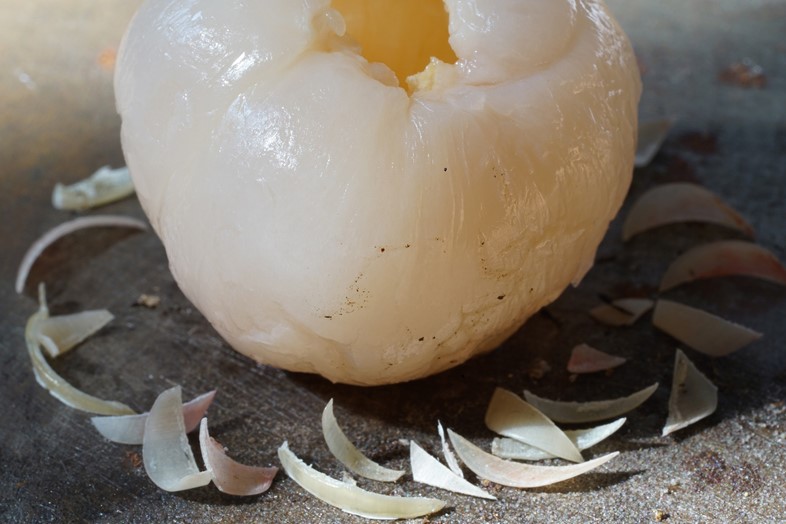
5. Diane Severin Nguyen
Jellies, whipped soap, punctured metal cans – Diane Severin Nguyen’s Flesh Before Body explores, in often bizarre and uncomfortable close-ups, a world of alluring substances and materials. “I’m interested in photography as a means of material transfiguration,” says Nguyen, whose work uses Vietnamese desserts and other familiar objects. For her, this is about creating “new tactilities”; while her images are about bodies, it’s not the body itself on display. Instead, these materials and their odd configurations become a mystifying portal into other places. The series is really about empathy, Nguyen suggests, especially when materials are being pushed to the limits of our ability to recognise them. We’re forced to get up close and personal.
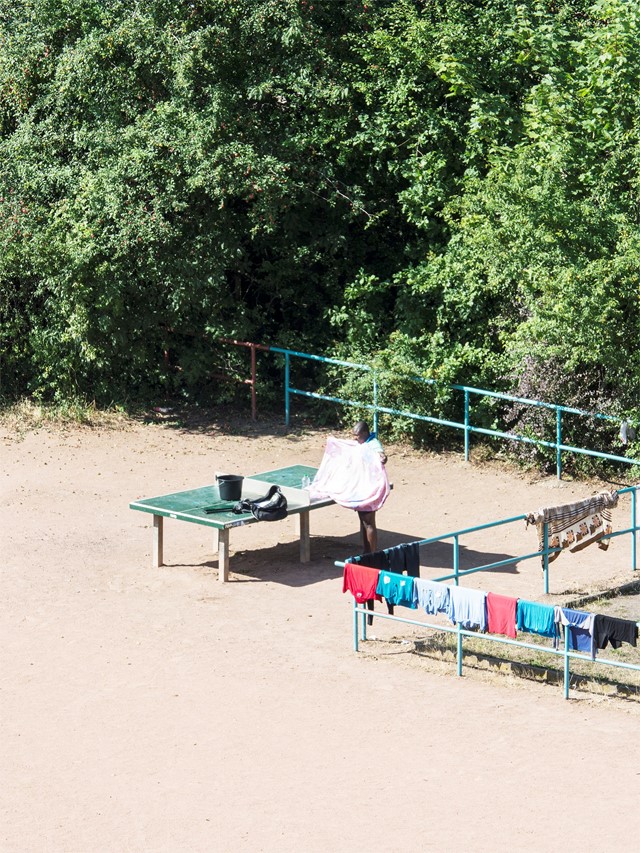
6. Hayahisa Tomiyasu
“Boredom always motivates me to take photographs,” explains Hayahisa Tomiyasu, the Berlin-based, Japan-born image-maker behind the photo series TTP. Tomiyasu transforms that boredom into compellingly subtle narratives. This sequence, shot while the photographer was living in a student dorm, captures the same table tennis table over a period of time; with different groups and individuals variously approaching, loitering, and playing there. The mundanity of the images reveals the strangeness of the site – it could be anywhere, any place – but also the limitations of simply ‘looking’. Ultimately, we don’t know who these people are, or why they’ve come here.

7. Lionel Kiernan
Ramping up the contrast, and the intimacy, is AT NIGHT by Lionel Kiernan. Hitting the club scene in his city of Melbourne, Australia, the photographer captures “the interactions, desires, and dramas that swim together in this intense environment,” as he explains. Cropped closely, there’s a sense of urgency and unease in his images, with flesh, noise, alcohol and drugs laid before our eyes.
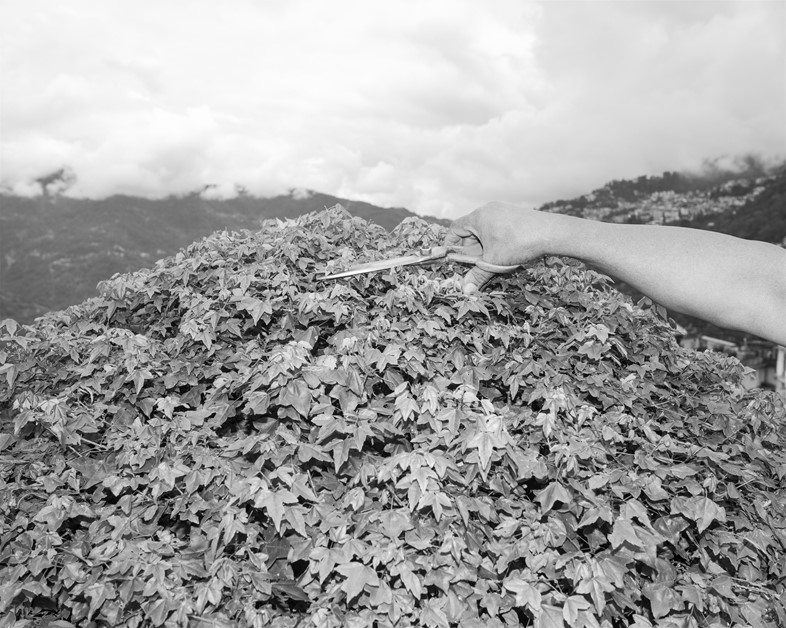
8. Tenzing Dakpa
For Tibet-born, America-educated photographer Tenzing Dakpa “picture-making makes the world visible”. In his series The Hotel, spaces of comfort become a “repository for dialogues of alienation”. Dealing with narratives of returning Tibetan migrants, the photographer returned to the hotel owned by his own family. The images suggest both stillness and constant movement: shots from car windows, the corners of rooms, and ascending stairs. The hotel, while a place of family comfort, ultimately becomes a temporary space. Both homely and impermanent.
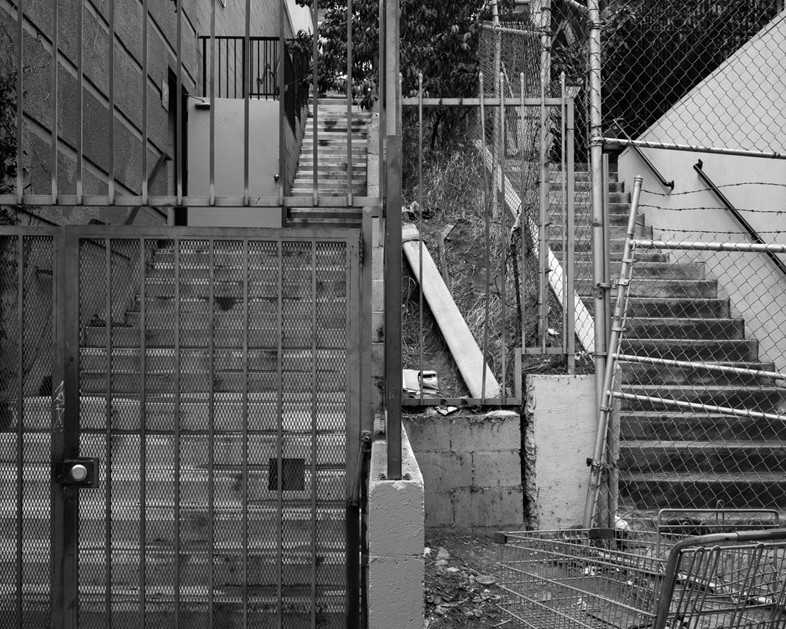
9. Thomas Locke Hobbs
Arizona-based Thomas Locke Hobbs’ series Vedute Los Angeles focuses on luscious views of apartment buildings in the sun-kissed Californian city, using consistent framing to highlight the negative spaces between houses. This opens up the ways they do – and more often do not – fit together. “I’m interested in cities,” Hobbs explains; “there’s a lot of history recorded in the visual surface of buildings and streets. Photography can uncover those histories.” Hobbs’ images, while seemingly straightforward and precise, use their repetition to unearth deeper seams of meaning.

10. Veronique Besnard
Last up is Veronique Besnard’s hair-raising series The Wall. Shot in stark black and white, the three-part series uses real landscapes as the basis for her own abstract geography, with rocky outcrops peeking through mist and snowbound mountains rearing in front of us. “It is important to me that the image is unencumbered, clear to leave enough space for the viewer to make his own way,” she explains. And we do feel on our own, in these big, bawdy and imposing spaces.
The winning photographer of MACK’s First Book Award 2018 will be announced on May 16, 2018, at Photo London.
